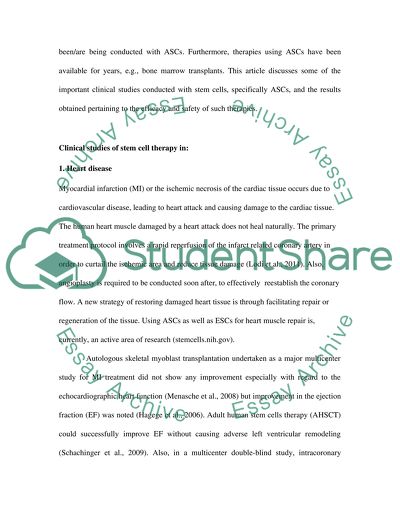Cite this document
(“Are Stem Cell Treatments Effective Research Paper”, n.d.)
Retrieved from https://studentshare.org/family-consumer-science/1409678-are-stem-cell-treatments-effective
Retrieved from https://studentshare.org/family-consumer-science/1409678-are-stem-cell-treatments-effective
(Are Stem Cell Treatments Effective Research Paper)
https://studentshare.org/family-consumer-science/1409678-are-stem-cell-treatments-effective.
https://studentshare.org/family-consumer-science/1409678-are-stem-cell-treatments-effective.
“Are Stem Cell Treatments Effective Research Paper”, n.d. https://studentshare.org/family-consumer-science/1409678-are-stem-cell-treatments-effective.


